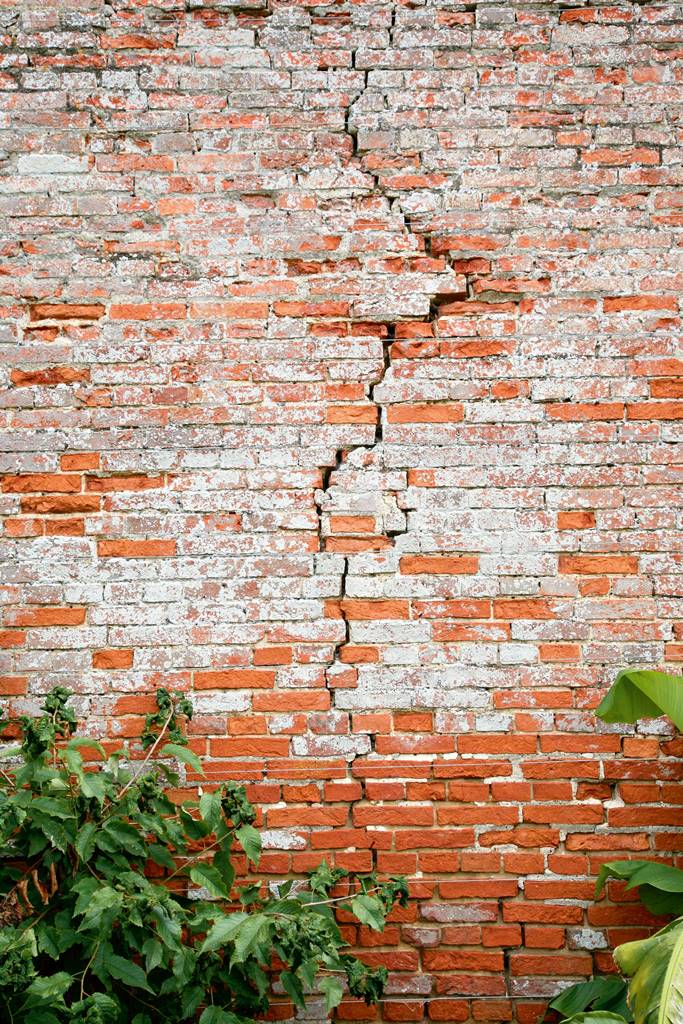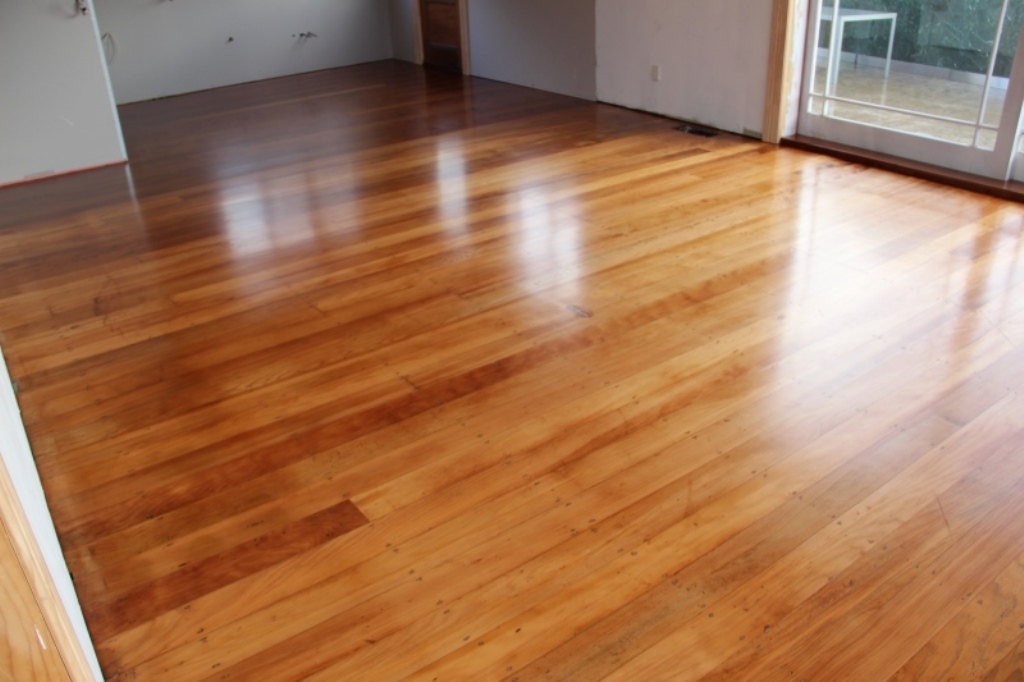Buying a new house can be exciting, especially when you’re visiting the house that you feel could be the house of your dreams. If you really want a house to be perfect, it can be tempting to look over any tell-tale signs of damage. This is a mistake as any damage can grow to be an expensive pain at a later date. You don’t have to walk away from a house with damage, but you should be aware of it and factor it in when you make an offer on the property.
A Cracked Exterior
You should pay good attention to the outside of the house, especially with an old property. That’s because cracks on the exterior can be signs of a much deeper issue like foundation problems that might mean you need to rebuild the whole house. If you are looking at an old home, you really need to keep the foundation in mind, as any signs that it could be decaying might mean an expensive demolition and rebuild.
Water Damage
This is a problem because it’s easy to conceal with paint, but when water damage is hidden this way, it traps moisture in the walls that leads to the growth of mold. According to Daytona Beach water damage restoration, the most important forms of pre-existing water damage are microbial growth like mold and mildew and the delamination of carpet (if the carpet is falling apart due to water). It’s important to be aware of water damage as microbial contamination can cause breathing problems and health issues, and fixing this might take a significant chunk out of your restoration budget.
Uneven Floors
Uneven floors might not be an issue, and in a very old house, they’re to be expected, but if the floor has deflections that you want to fix, you might have to level them or replace them. It can cost a fortune as you have to rip out the floor and replace it with a matching wood and finish. If there are uneven floors, it’s probably not something you need to worry about if there is evidence of a previous homeowner doing foundation work. If not, you need to think about whether you want to take a risk that could end up with you needing to redo the foundation of the property (which will involve a demolition in most circumstances).
Unseen Damage
When inspecting a property, you should be able to see everything. That’s just common sense. However, some people try to get around this and prevent you from seeing damage or anything suspicious. Take it as a huge warning sign if a seller won’t let you access a crawlspace or even a room in the property as to why this would be the case unless they have something to hide. What’s more, some dodgy sellers try to give you incentives to waive an inspection of the house. There is no reason for this unless they are trying to hide something big. If that’s the case, you need to be informed, and an awareness of a problem will allow you to negotiate the price lower than any incentive, but be aware that an inspection isn’t pass/fail.




















